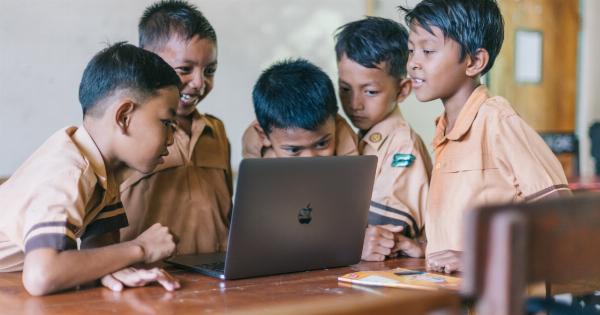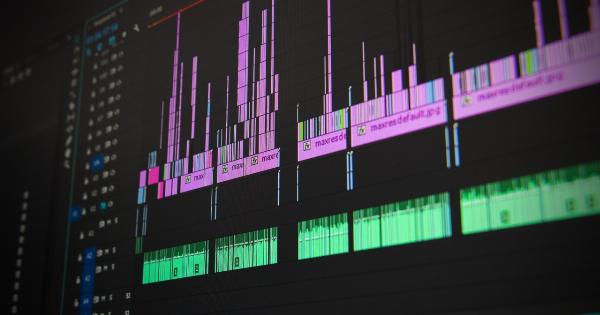Every day we make countless decisions, both big and small, that shape our lives and the world around us. From what we eat for breakfast to where we live, the decisions we make have a profound impact on our present and future.
But what is it that influences our decision making? What powers the choices we make?.
The Brain
Our brain is the command center for our decision making. It’s constantly processing information, weighing options, and making choices based on a complex set of factors, including our past experiences, emotions, and values.
Research has shown that our brain is divided into two hemispheres, the left and the right, each with its unique functions. The left brain is more analytical and logical, while the right brain processes information more creatively and intuitively.
The interplay between these two hemispheres is what allows us to make decisions that are both rational and emotionally satisfying.
The Role of Emotions
Emotions play a significant role in our decision making process. Our emotional state affects how we perceive and process information, as well as how we weigh the pros and cons of different options.
For example, when we’re feeling anxious or stressed, we may be more likely to make impulsive decisions or be more risk-averse. Conversely, when we’re feeling happy or confident, we may be more open to taking risks or making bold choices.
In some cases, our emotions may even override logic and reason, leading us to make decisions that are not necessarily in our best interest.
For instance, we may choose to stay in a toxic relationship or refuse medical treatment because of our emotional attachment to a certain outcome.
The Power of Perception
Our perception of reality also influences our decision making. We tend to make choices based on how we interpret the world around us, and our perception can be shaped by a number of factors, including our culture, upbringing, and personal biases.
This means that what one person sees as an opportunity, another may see as a threat.
For instance, studies have shown that people who grew up in poverty tend to be more risk-averse when it comes to financial decision making, while those who grew up with wealth tend to be more comfortable taking risks.
Our perception of risk and reward is also influenced by our personal experiences, with past failures making us more cautious and past successes making us more optimistic.
The Influence of Values
Our core values and beliefs also impact our decision making. For example, someone who values honesty and transparency may be more likely to speak up against wrongdoing, even if it means putting their job or relationships at risk.
Another person who values security and stability may be less likely to take risks, even if it means potentially missing out on a significant opportunity.
Our values and beliefs can be shaped by a variety of factors, including religion, family upbringing, and personal experiences. In some cases, our values may be in conflict with each other, making decision making even more challenging.
The Impact of Social Influence
Our social environment also plays a role in our decision making. We’re all influenced by the opinions and actions of the people around us, whether we realize it or not.
This can be both positive and negative, with social pressure driving us to conform or pushing us to explore new ideas and perspectives.
Advertisers and marketers rely heavily on social influence to shape our decisions. From celebrity endorsements to social media influencers, they use a variety of tactics to persuade us to buy their products and services.
The Importance of Rational Thinking
While emotions, perception, values, and social influence are all important factors in our decision making process, it’s also essential to include rational thinking.
Rational thinking is the ability to analyze a situation objectively, weighing the pros and cons of different options before making a decision.
Without rational thinking, we may fall prey to cognitive biases, such as the confirmation bias (seeing only evidence that supports our preexisting beliefs) or the sunk cost fallacy (continuing to invest in a project even though it’s clearly failing).
By incorporating rational thinking into our decision making process, we can avoid these common pitfalls and make better choices for ourselves and our communities.
Final Thoughts
The power behind our decision making is a complex mix of emotions, perception, values, social influence, and rational thinking.
By recognizing these different factors and taking the time to analyze them, we can become better decision makers and shape our lives and the world around us in positive ways.






























